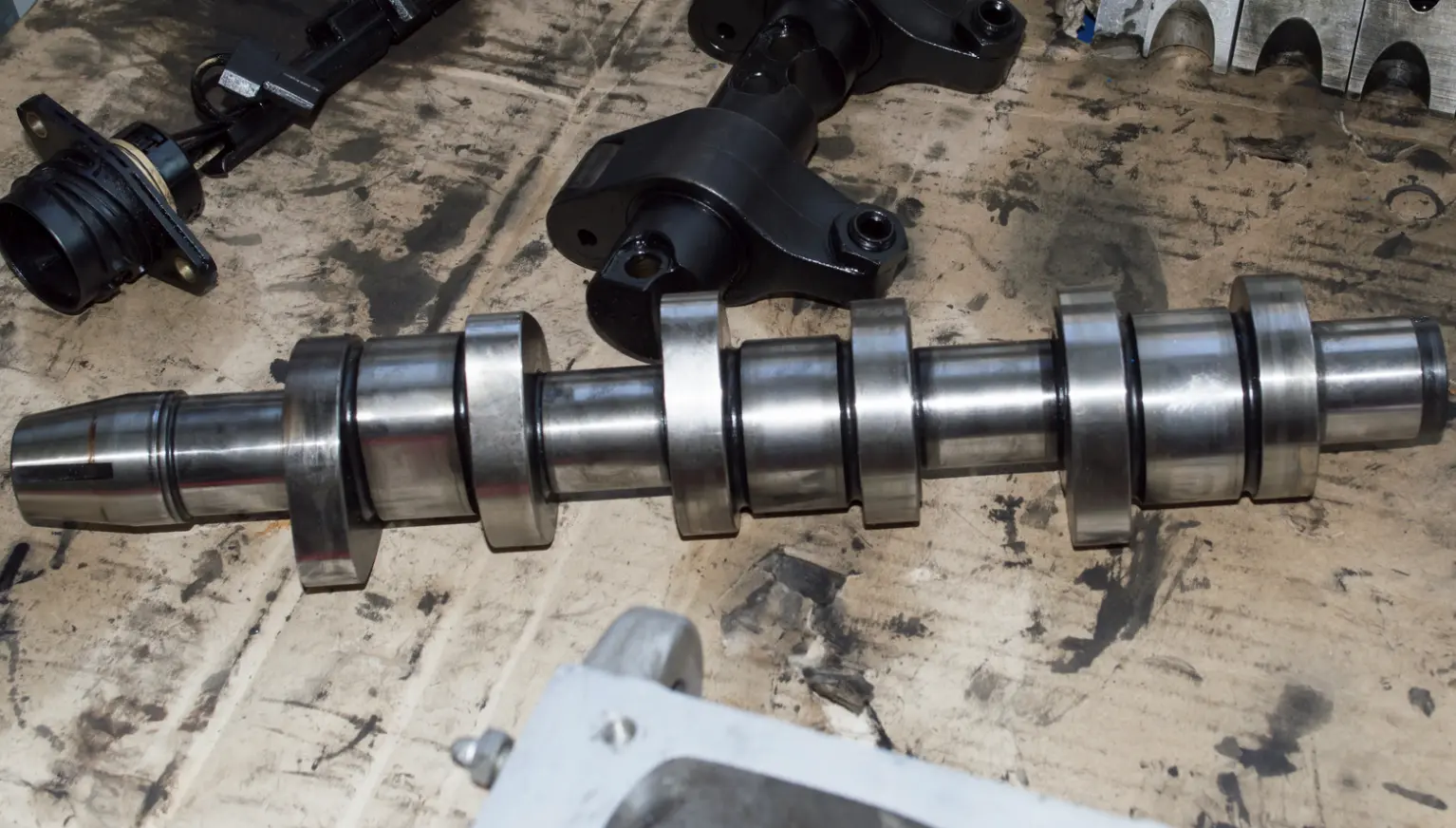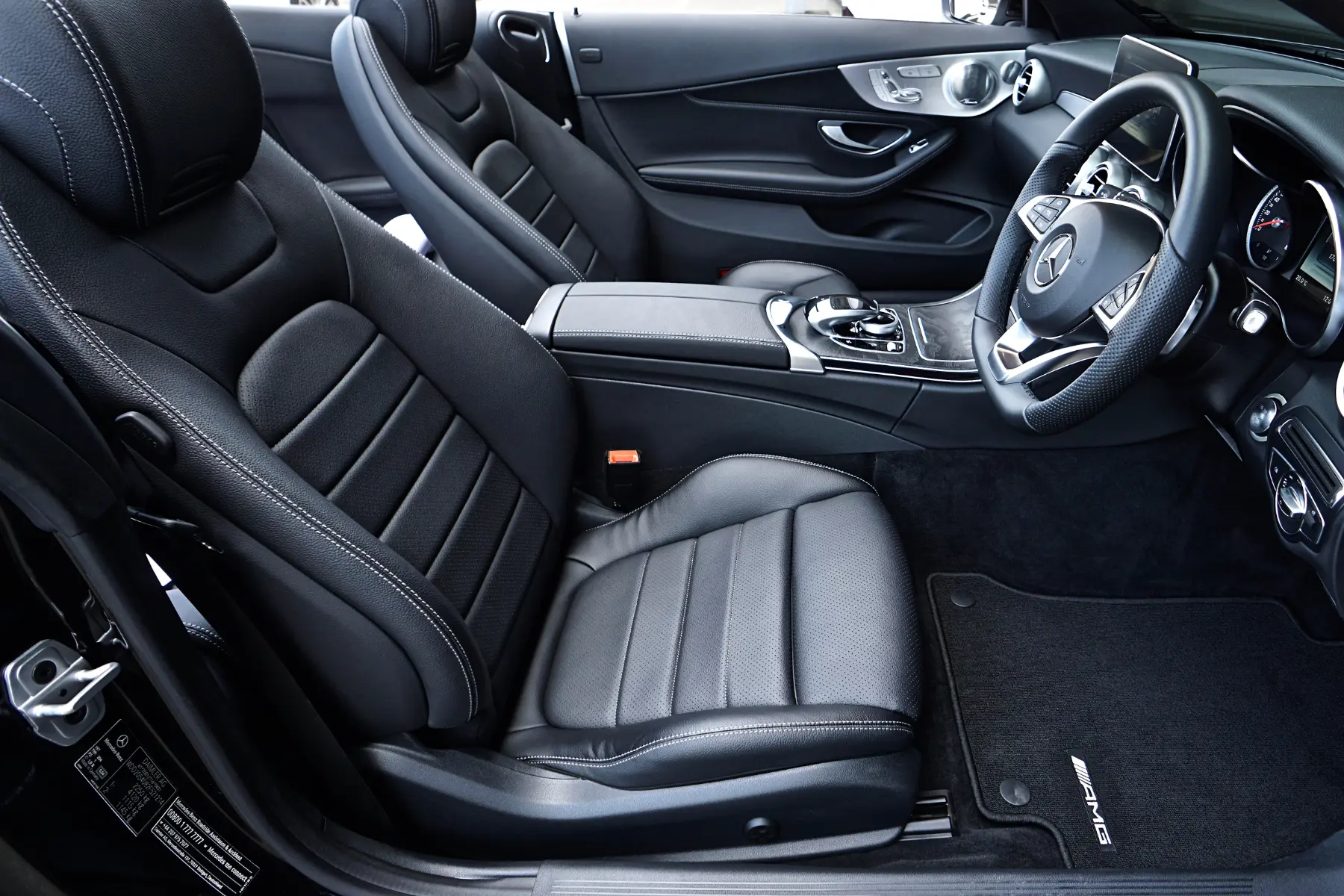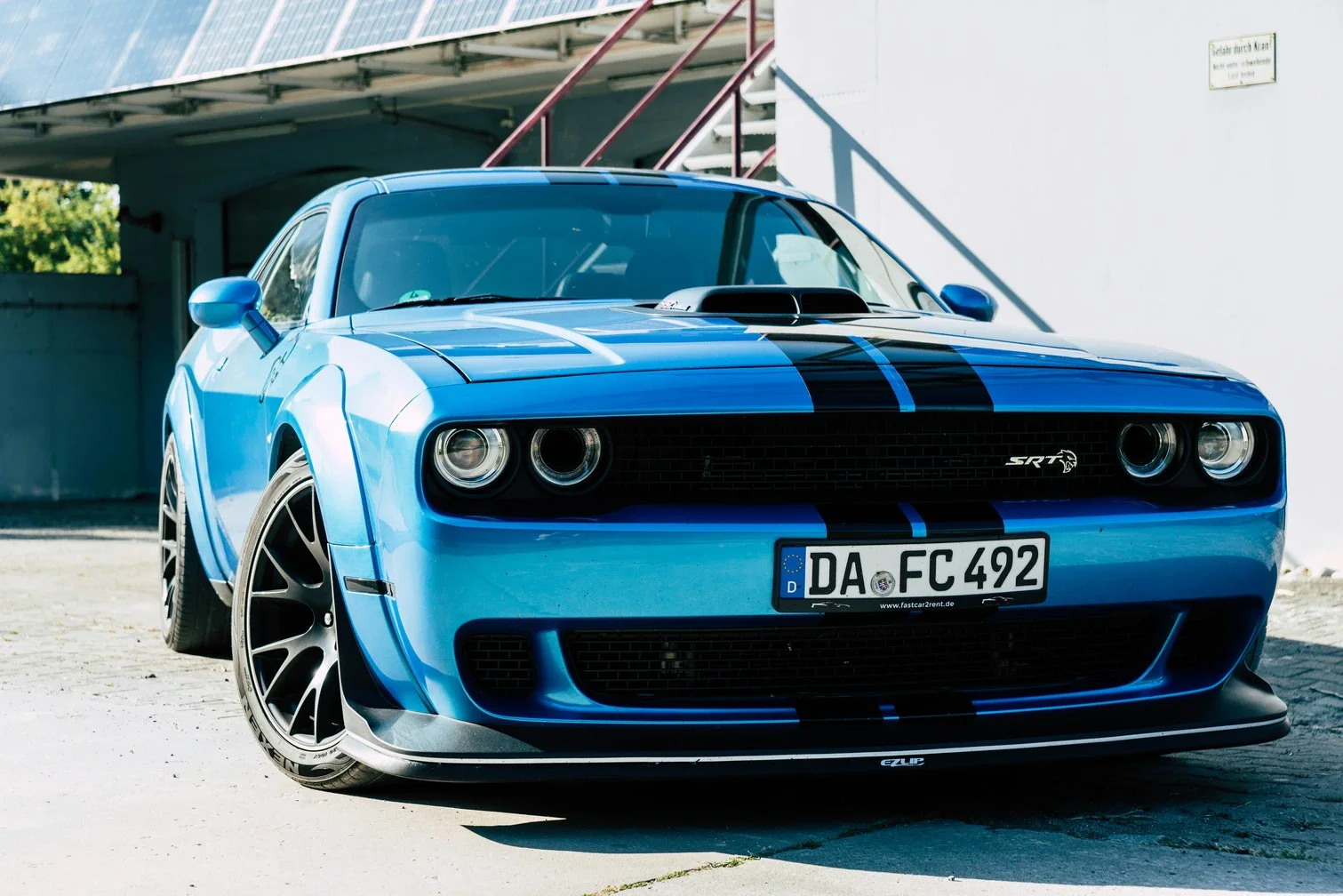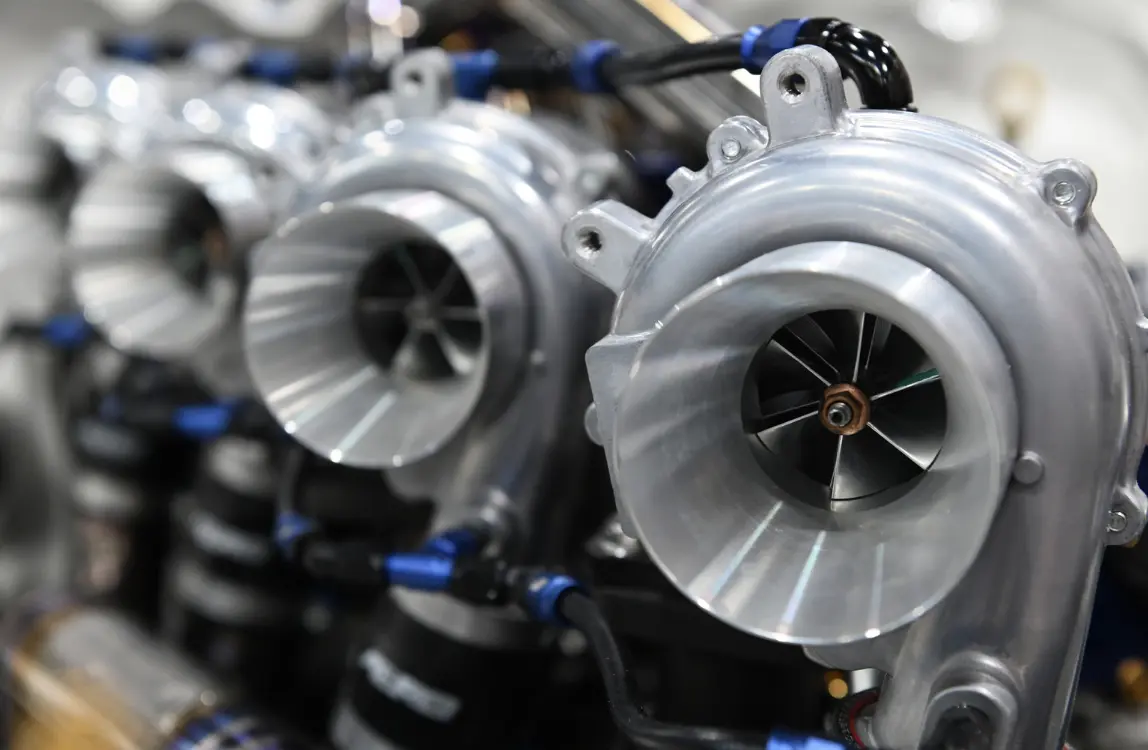If you’ve ever pulled up to a red light next to a truck or a muscle car that, sitting there idling, sounded like it was grumbling at you, you’ve witnessed the power of an aftermarket camshaft. Search YouTube for terms like “cam,” “lope,” or “cammed” and you’ll get pages of results all featuring cars making this signature sound. Camshafts are a mainstay of the tuning and gearhead communities online. You can find specialty camshafts for different kinds of engines, each engineered to provide a different result (and sometimes marketed with crazy names and branding). So why do these parts inspire so much reverence and interest, to the point where you could say a whole car subculture exists around them? To answer that question, let’s answer another, simpler question.
What is a Camshaft
A camshaft is a crucial mechanical component found in internal combustion engines. Its primary function is to control the opening and closing of the engine’s valves, which are responsible for letting air and fuel into the combustion chambers (intake valves) and allowing exhaust gasses to exit (exhaust valves). The camshaft achieves this through a series of cams (lobes) that are precisely shaped and positioned along its length. As the camshaft rotates, these lobes push against the valves or valve lifters, opening them at the correct moment in the engine’s cycle.
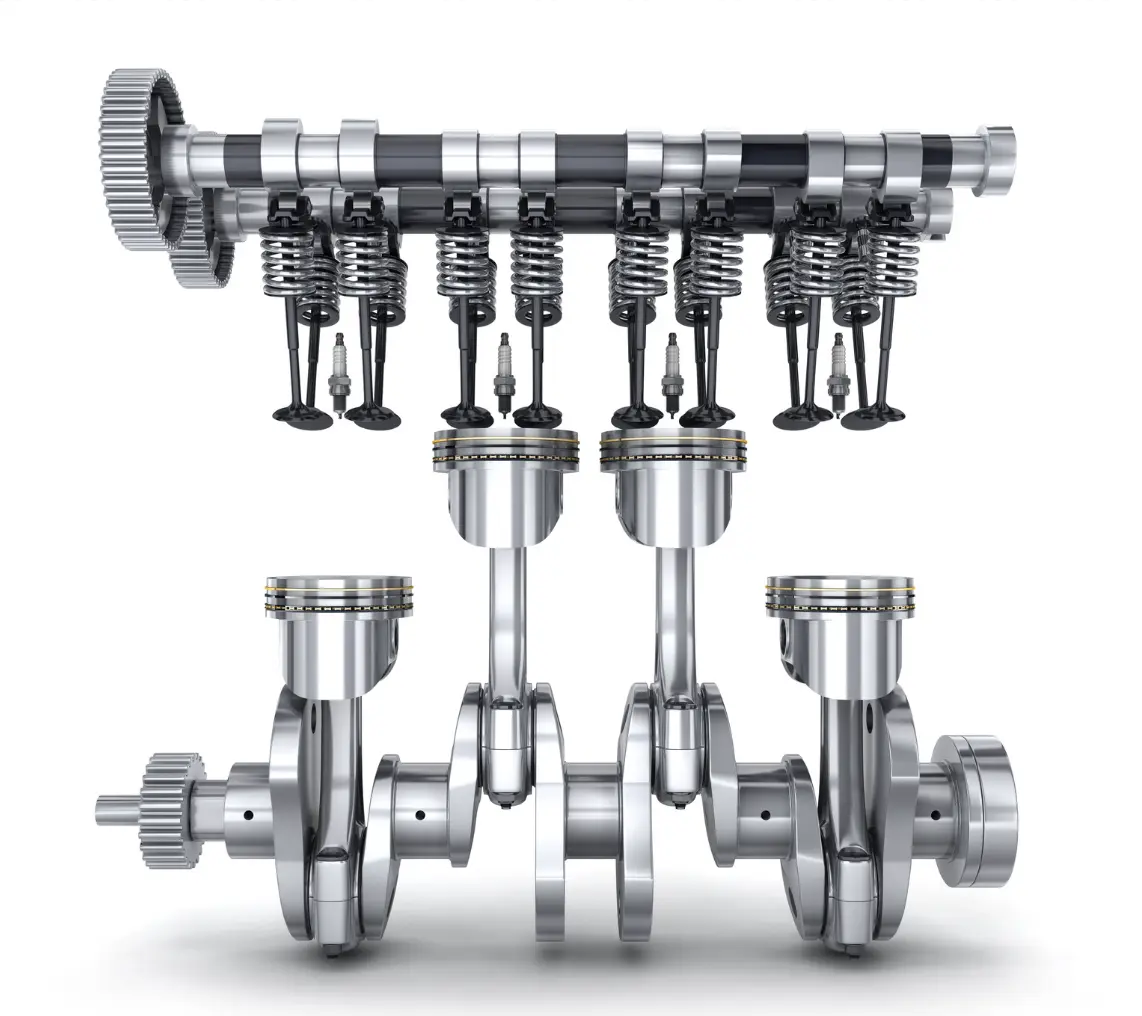
The timing of the valve opening and closing is critical for the engine’s performance, efficiency, and emissions. The shape and size of the cams on the camshaft determine the timing, duration, and lift (how far the valves open) of the valve movements. This is why different engines, especially those designed for specific purposes like racing or economy, have camshafts with different profiles to meet their unique performance requirements.
Camshafts can be located in various parts of the engine, leading to different configurations such as overhead cam (OHC), single overhead cam (SOHC), and double overhead cam (DOHC) designs. These configurations affect the engine’s complexity, performance, and cost. The camshaft is driven by the engine’s crankshaft, typically through a timing belt, timing chain, or gears, and must maintain precise timing relation with the crankshaft to ensure the engine runs properly.
Overall, the camshaft plays a fundamental role in the engine’s breathing process, directly influencing its power output, fuel efficiency, and emissions.
Other Types of Cams
Turbocharged engines use a turbocharger to force more air into the combustion chamber than would be possible under natural atmospheric pressure, allowing for more fuel to be burned and, consequently, increasing the engine’s power output without significantly increasing its size. A turbo camshaft is optimized to take advantage of the increased air density provided by the turbocharger, often with specific profiles (the shape of the cam lobes) that maximize exhaust flow to help spool the turbocharger more quickly and maintain its efficiency across a wider range of engine speeds.
The design of a turbo camshaft might focus on aspects such as reducing overlap (the period when both the intake and exhaust valves are open) to prevent the high-pressure air from escaping through the exhaust before it can be used to power the engine. Alternatively, it might increase overlap in high-performance applications where the turbo is used to its maximum potential, and the exhaust flow can actually help draw more air into the cylinder. The goal is to ensure that the engine breathes as efficiently as possible, maximizing the benefits of turbocharging, such as increased power, improved fuel efficiency, and reduced emissions.
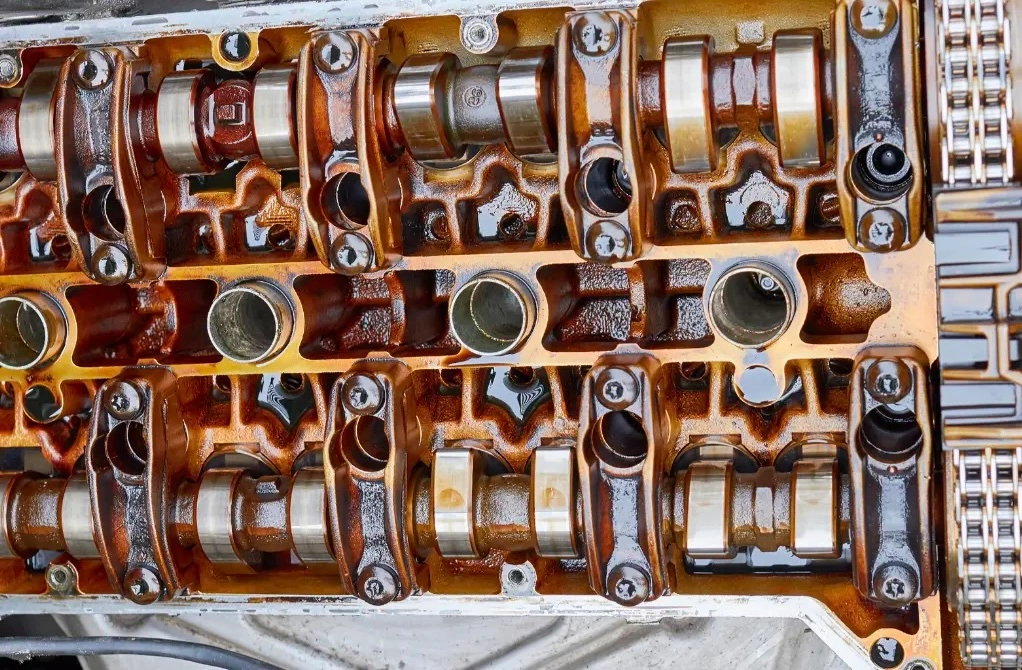
In engines with an overhead valve (OHV) design, commonly found in many traditional American V8s, the camshaft is located in the engine block. This setup uses pushrods and rocker arms to operate the valves at the top of the engine. The OHV design is noted for its simplicity and compactness, making it favorable for vehicles where engine height is a constraint.
For performance and racing applications, camshafts with aggressive cam profiles are used to maximize airflow into and out of the engine at high RPMs, at the expense of smooth idling and low-end torque. Conversely, engines designed for economy and daily driving have camshafts optimized for fuel efficiency and low-speed torque.
The evolution of camshaft technology continues with developments like fully variable valve timing and lift systems, and even camless engines, which use electromagnetic, hydraulic, or pneumatic actuators to control valve operation. These systems promise even greater efficiency and performance by eliminating the mechanical constraints of traditional camshaft designs.
Why Do People Alter Their Camshafts?
Now that we’re on the same page about what a camshaft actually is, let’s talk a little bit more about why people choose to swap out their factory cams for performance parts, and why the part has its own subculture around it.
Performance
First things first, as we’ve discussed above, the camshaft has a lot to do with the overall functionality of the engine because it determines how and when air is entering it. It can have a massive impact on engine performance, knocking an engine’s top end horsepower up by significant quantities. It’s worth noting here that the factory cam that comes in your car is designed specifically for longevity and stability over performance. As with a lot of things in performance, making an upgrade in one area may cost you in another. Performance cams are designed to be replaced more often, the trade off being the increased power they offer.
Sound
For some the sound (known as a lope) made by engines with aftermarket camshafts when they idle is a mere side effect of the increased performance they’re achieving. For others, the sound may be part of the point. Specific aftermarket cams are notable for the sounds they make, and fellow enthusiasts will probably be able to recognize an aftermarket camshaft when they hear one.
Because it’s Cool
Let’s face it, increased top-end power and that signature rumble lend aftermarket camshafts a certain degree of style that almost makes them enticing on its own. When you add to that the funny, sometimes outlandish names their makers give them (i.e Chopacabra, Mutha Thumpr, Chop Monster) with branding to match (who wouldn’t want sasquatch printed on a part that makes their car rumble?), you understand that these parts have a cool factor that not many other aftermarket parts can claim. One of them even claims it can make your engine register on the Richter scale. These parts put a unique stamp on the cars they are installed in, they help drivers reach the specifications they’re trying to achieve, and they help unlock the potential of given vehicle—what else is modding all about?
Note on Legality
Before you run out to replace the cam in your car with a more exciting, performance part, it should be noted that in some cases, because of the way it affects emissions or the sound of your car, installing a performance cam might be technically illegal except for cars used for specific purposes (i.e. racing). You should be aware of any and all local and state regulations before you purchase one.
